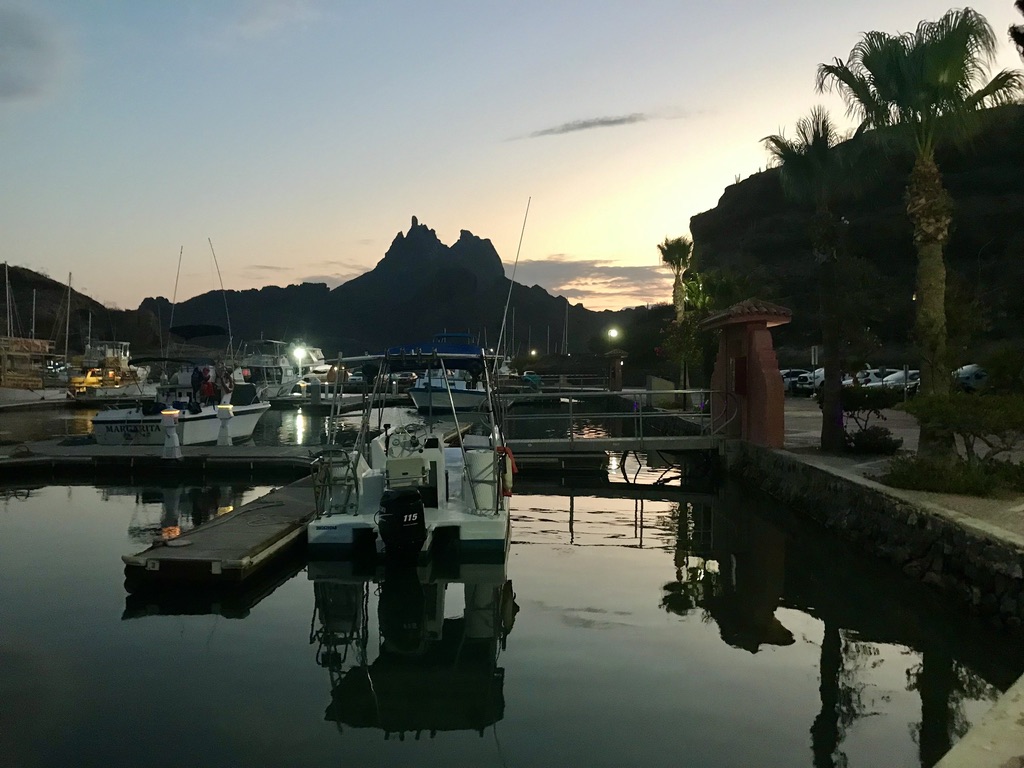On a small sailing dinghy, like the one I learned to sail on when I was a teenager, you learn to feel the wind. With the mainsheet in one hand and the tiller in the other, you learn to balance the force of the wind against the resistance of the water. Adjust either the sheet or the tiller, and you can feel the pressure difference in the other. Your arms tell you when they are balanced.
This is one of those major differences between what you can know with your mind and what you can know in your body. If I have to describe how sailing works with words, I say this: ”Boats can move against the wind because of the lift generated by the shape of the sail. Even though the wind may be in your face, you are pulled forward by the pressure differential.” Maybe you grasp this concept easily, but for me, it didn’t really make sense until I felt both the sail and the tiller pulling my hands, and I understood that in order to point the boat in the right direction, I had to balance those forces.
I remember when it clicked. It was exhilarating. I was doing old-school magic, riding the boundary of these two elements, water and air.

Not so with a big boat. The forces are too huge for you to manage them with your own strength. You cannot control the sails with your bare hands. It requires winches, a crew, and language. The idea here is not to balance the forces in your body, but to set the sails and rudder so that the boat steers itself.

That’s why our instructor kept telling us, “steer less, anticipate more.” If you are the pilot, you cannot turn the wheel as if you are turning a car. If you move the wheel, it may take several seconds before you notice a change in direction — especially if the boat is bobbing and bouncing over the waves. I was also learning a different kind of body knowledge: the feel of the boat under my feet. How the boat slid down a wave could predict which way the bow would point several seconds later. I didn’t need to correct every change. I was learning to distinguish signal from noise.


“Steer less, anticipate more”seems like good life advice, too. And good advice for the church.
The early church often talked about the church as a sailboat and the Holy Spirit, the wind or “breath of God,” as the force that pushed the church forward. But I think She also pulls us forward. The waves of time, culture, and circumstance offer resistance, but somehow balancing these forces gives us a direction. Too often we are trying to steer the boat, fighting the waves while our sails flap in the breeze.
Part of my rationale for taking this trip was to learn from history, to anticipate more of what’s coming for our culture and for the church. And, for myself, to steer less. After we earned our sailing certificate, we planned to go to Germany, to see where the Reformation kicked off and where, during World War 2, the world faced deep theological questions about the justice of God.

Prayer: Help me to steer less and anticipate more, trusting in your Breath and the friction of the world to move me in the right direction.
—Rev. Dr. David Barnhart, Jr.
(You can support the ministry of Saint Junia United Methodist Church by clicking here.)
